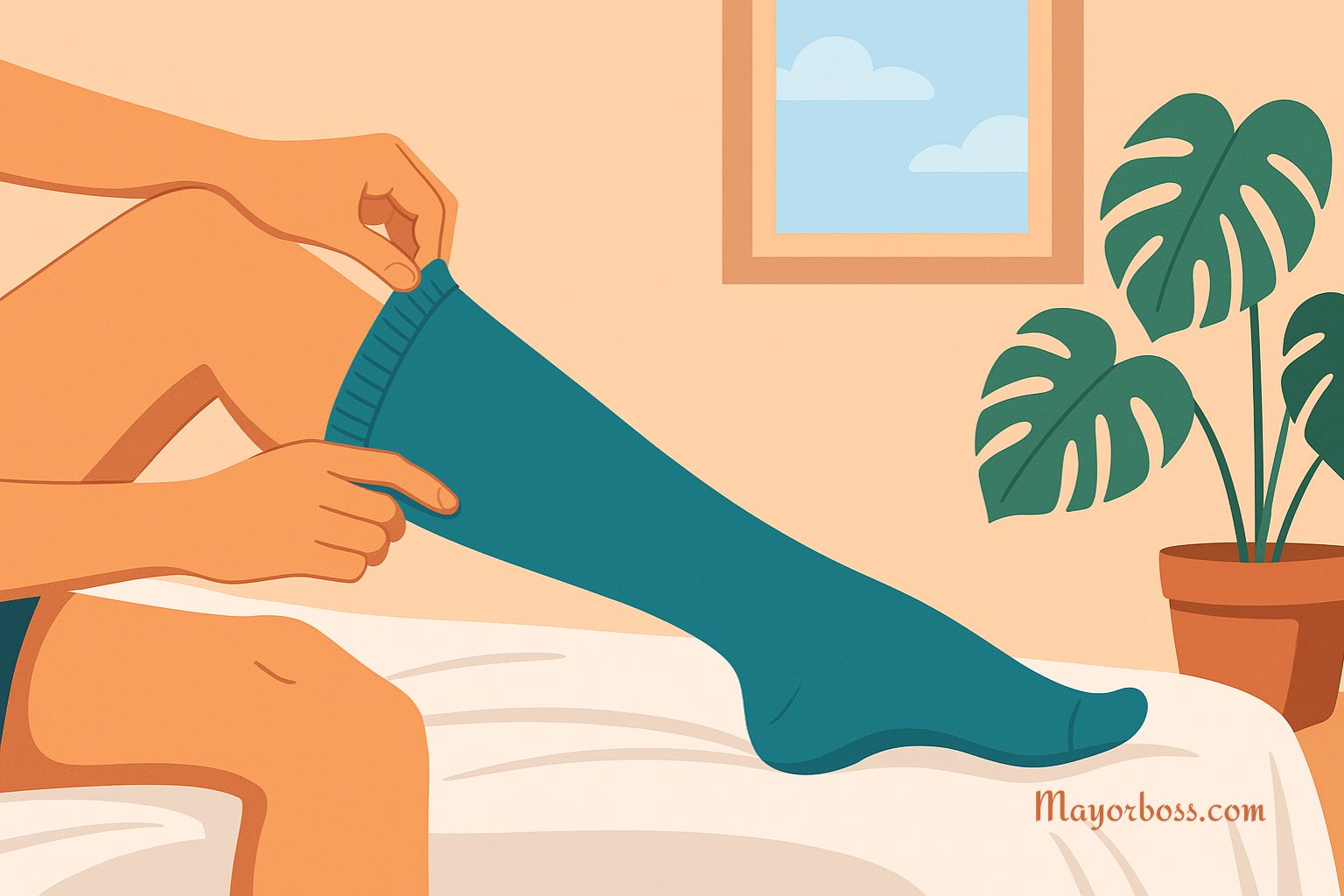Natural Ways to Reduce Edema Without Medication
Edema is the medical term for swelling caused by fluid buildup in the body’s tissues. It often shows up in the legs, feet, or hands, but it can affect other parts of the body, too. For many people, this swelling can feel uncomfortable, tight, or even painful. While medications can help in certain cases, there are also several natural ways to reduce edema—and support your body’s own ability to manage fluid balance.
Let’s talk about practical, doctor-approved methods that can help reduce edema naturally without relying on prescription drugs.

Stay Active and Keep Moving
One of the simplest and most effective things you can do is to get your body moving. When you stay in one position for too long—like sitting at a desk or lying in bed—fluid tends to pool in your lower limbs. Movement helps your circulation and encourages your body to move excess fluid back into your bloodstream, where it can be filtered and removed.
Even light activities can help. Try:
- Walking around for a few minutes every hour
- Gentle stretching or yoga
- Leg lifts while sitting
- Ankle rolls and toe taps
Regular movement keeps your blood and lymphatic fluid flowing. It doesn’t have to be intense exercise. The key is consistency.
Elevate the Swollen Area
Another simple, natural remedy is elevation. When you raise the swollen area above the level of your heart, gravity helps drain the excess fluid. For example, if your legs are swollen, lie down and rest them on a few pillows. This helps reduce the pressure in your veins and allows trapped fluid to return to circulation.
Do this several times a day, especially in the evening after being on your feet.
Reduce Your Salt Intake
Salt causes your body to immediately hold on to water. If you eat too much of it, your kidneys may not be able to remove the extra fluid efficiently, which can lead to swelling. Cutting back on sodium can help ease edema over time.
Here are a few tips:
- Avoid processed foods—they’re usually high in hidden salt
- Choose fresh fruits, vegetables, and lean proteins
- Read nutrition labels and choose low-sodium options
- Try herbs, garlic, or lemon juice for flavor instead of salt
This small change in your diet can have a meaningful impact on your body’s fluid balance.
Drink More Water
It might seem peculiar to you, but drinking more water can actually help reduce water retention. When your body senses dehydration, it holds on to fluid as a protective measure. Staying well-hydrated helps your kidneys flush out excess salt and toxins, reducing swelling.
Aim for at least 8 cups (2 liters) of water a day unless your doctor tells you otherwise. If you’re active, live in a hot climate, or sweat a lot, you may need more.
Wear Compression Garments
Compression socks or sleeves gently squeeze your limbs to encourage blood flow and stop fluid from pooling. These are especially helpful if you spend long periods standing, sitting, or traveling.
Make sure to get the right size and level of compression. Too tight, and they could restrict circulation. Talk with your healthcare provider or pharmacist about the best option for you.
Try Natural Diuretics
Certain foods and herbs have natural diuretic properties, meaning they help your body remove excess water through urine. Some examples include:
- Cucumber
- Watermelon
- Asparagus
- Parsley
- Dandelion tea
- Fennel
- Horsetail
- Nettle
While these are not substitutes for prescribed diuretics, they can support your body’s natural fluid balance when included as part of a healthy diet.
Massage the Area
A gentle massage can help stimulate circulation and move trapped fluid out of the swollen area. Use light pressure and move your hands toward the heart to encourage drainage. Lymphatic drainage massage, in particular, can be helpful, especially for chronic or recurring edema.
You can learn simple self-massage techniques or see a licensed massage therapist trained in lymphatic care.
Watch Your Magnesium and Potassium Levels
Low levels of magnesium or potassium can make swelling worse. These minerals help your body manage fluid balance. You can get more magnesium from foods like:
- Leafy greens (spinach, kale)
- Nuts and seeds
- Avocados
- Dark chocolate
Potassium-rich foods include:
- Bananas
- Sweet potatoes
- Beans
- Oranges
- Tomatoes
If you’re unsure whether you’re getting enough of these nutrients, talk with your doctor before starting any supplements.
When to See a Doctor
While these natural remedies can help in many cases, edema can sometimes be a sign of an underlying health issue, such as heart failure, kidney disease, or a blood clot. See a healthcare provider if you notice:
